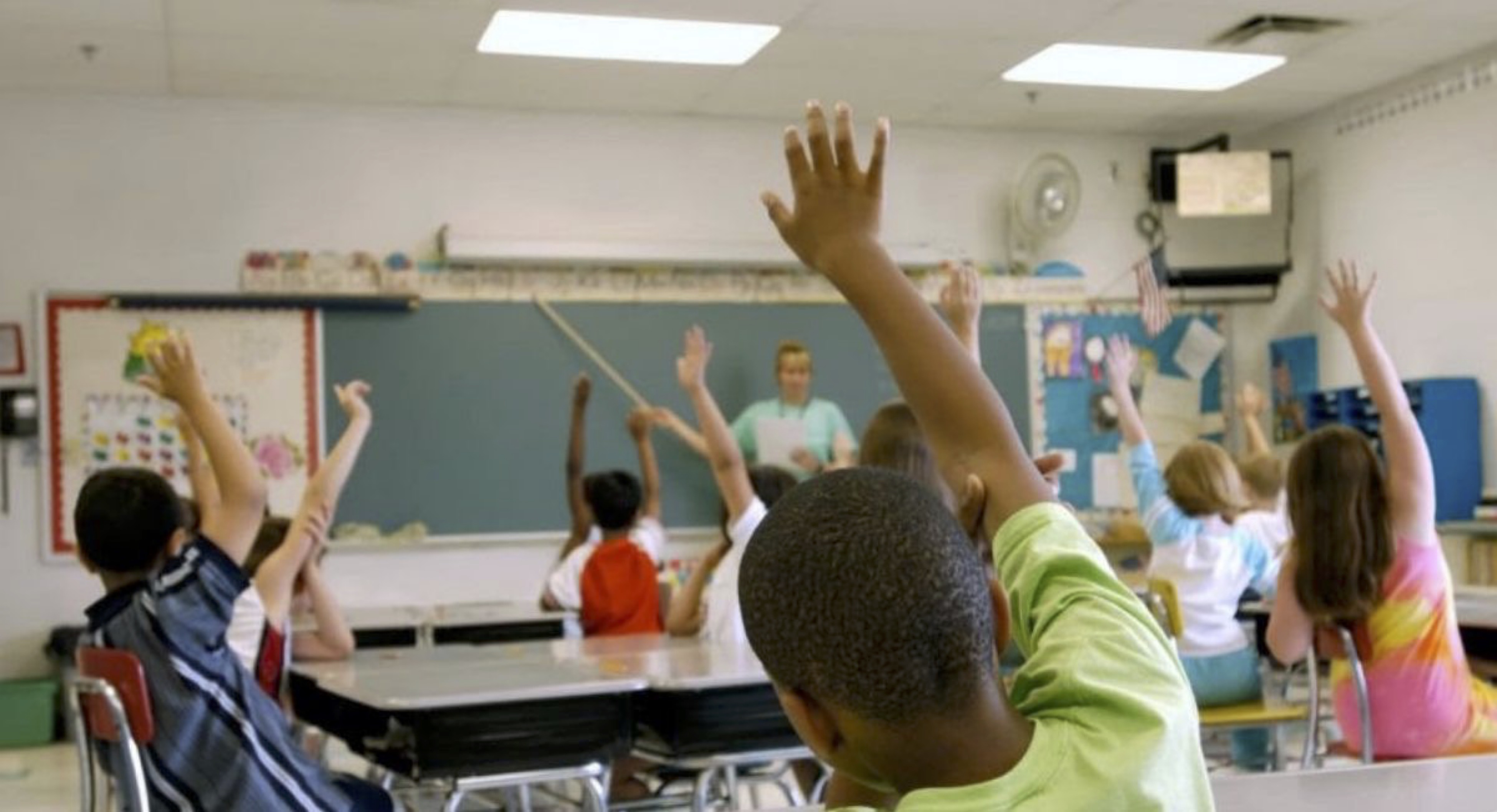K-12 students returning to school this month face teacher shortages, pitched battles over curricula, and pandemic-era learning gaps, teachers and education officials explained at an August 18 briefing held by Ethnic Media Services.

Some 233,000 thousand public school teachers left the profession between 2019 and 2021 alone, according to a U.S. Government Accountability Office analysis, while 41 out of 50 states and two territories (D.C. and the Virgin Islands) report a shortage of teachers, particularly in STEM.
Dr. Tuan Nguyen, associate professor in the College of Education at Kansas State University, explained that “teacher supply, retention and shortage in the United States are pieces of the same puzzle,” comprising a Gordian knot of vacancy — whereby teaching positions are posted but unfilled — and underqualification — whereby states lower certification requirements to fill these positions, or have qualified teachers teach out-of-subject.
With a small team of researchers, Nguyen tracked teacher shortage data across states and found that, nationally, “There are at least 36,500 vacant positions in the United States and that’s nothing to say of underqualified teachers,” which he estimates at 160,000.
Compounding this shortage are twin issues of teacher supply and retention.
On the supply point, “There has been a substantial decline in people’s interest in becoming teachers,” said Nguyen. He cited a 40% decline from 700,000 teacher prep program enrollees in 2009, to 400,000 in 2015.
While this decline continues unchecked, the situation has become uniquely grim for teachers in the STEM fields of science, technology, engineering and math: in 2010 there were 32,000 teachers certified to teach STEM subjects; in 2019 there were 22,000.
Teachers who do enter the profession, meanwhile, are also leaving sooner and in larger numbers than in previous years.
Before the pandemic, explained Nguyen, about 8% of U.S. teachers left the profession annually, but since then the rate has skyrocketed nationally; current figures are, for example, 22% in Alaska, 12% in Arkansas and Illinois, and 12% in North and South Carolina.
Compounding the challenges confronting the nation’s public schools is the increasingly intense fight over curricula, including the growing wave of book bans nationwide.
Kasey Meehan, Freedom to Read program director at PEN America, said this replicable blueprint applies to the ongoing rise of book bans as well, which she called an “‘Ed scare’ campaign … interfering with students’ rights; undermining the role of teachers, librarians, professors, other educators and administrators … and sowing division within our communities.”
Meehan said 71% of books involved in book-banning efforts “are intended for young adult audiences or even younger.” PEN reports that the first half of the 2022-2023 school year alone saw “over 1,400 instances of individual books being banned. This equates to over 800 unique titles that are being removed from access for students in schools. This is an increase from the prior six months, and (in an upcoming September report) we expect to see increases in the next six months.”
During the pandemic, students lost about a third of the learning they would have received during a normal school year, a 2023 meta-analysis published in the journal Nature found — resulting in learning regressions which are severest among low-income youth.
That includes the large number of Latino families with students enrolled in LA Unified, one of the nation’s largest school districts where Latinos account for 74% of the overall student population.
Evelyn Aleman is the founder of the LA County parent advocacy group Our Voice: Communities for Quality Education. She says student safety is directly tied to learning loss and ranks as the number one concern for Latino parents.
“They want safety from drugs on their campuses. … They want intervention and awareness campaigns … they live in communities that have high crime, and homelessness … and most of their children use public transportation or walk to school, but they don’t feel safe having their children walk home.”
Parents’ safety fears also extend to COVID, she added, given that the virus “is still around, and many families live in multigenerational households, and many have chronic illnesses.”
A perceived lack of safety by the parents worsens absenteeism on the part of students, said
Aleman, adding the lack of open communication and at times open hostility by school staff or faculty toward parents also plays a role.
“I just had a mom say to me, ‘I feel like I was treated so badly… because I don’t speak the language.’ It was racism,” said Aleman, recalling her exchange with one LA Unified mother. “A lot of parents feel that way. School climate is a big one for us.”







